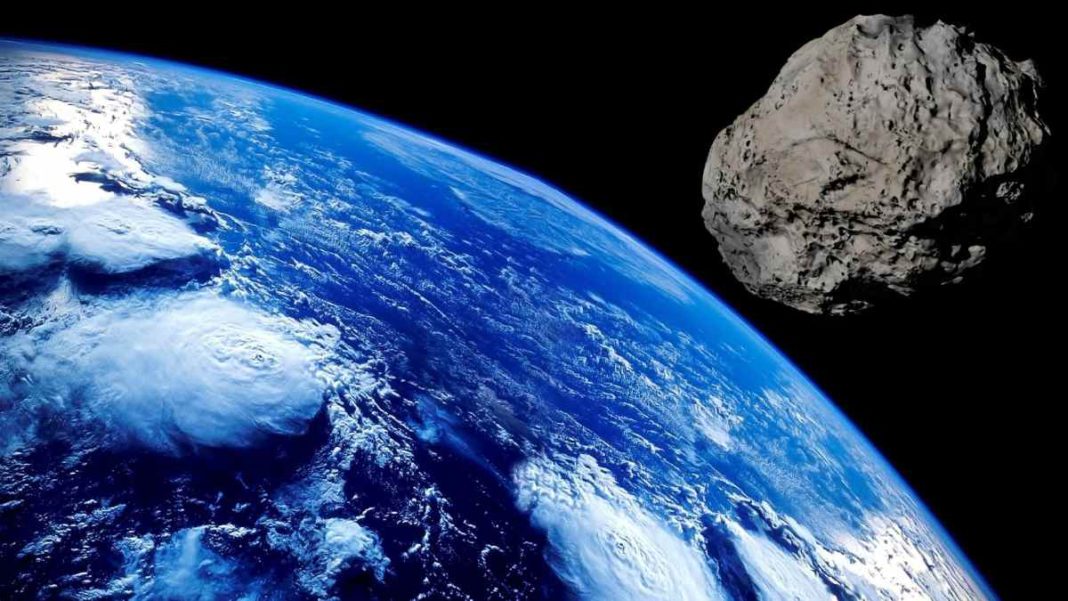UNITED STATES: In a remarkable discovery earlier this year, astronomers stumbled upon a fascinating celestial object that has been dubbed Earth’s “fake moon.” However, upon closer examination, it was revealed that this so-called moon is actually an asteroid known as 2023 FW13.
Surprisingly, this asteroid is not orbiting the Earth but the sun instead. Nevertheless, its orbit track has resulted in its proximity to our planet since 100 BC.
2023 FW13: An astonishing find
The asteroid, 2023 FW13, measures a mere 10–15 metres across, which is very little compared to our moon. Despite its modest dimensions, it has captured the attention of skywatchers due to its extraordinary orbit track and its projected close proximity to Earth for the next 1500 years.
While astronomers have previously encountered potential quasi-moons near our planet, Earth’s “fake moon,” as it is now commonly referred to, stands as the most enduring quasi-moon discovered to date.
A gateway to the cosmos
Although Earth’s quasi-moon is not gravitationally bound to our planet, it maintains a remarkably close distance. Many believe that this unique celestial object could serve a practical purpose in launching deep space missions in the future.
Its proximity to Earth and its lower gravity make it conducive to spacecraft departing from its vicinity and venturing into the vast unknown of space. Consequently, Earth’s fake moon presents a potentially valuable training ground for astronauts embarking on interstellar journeys.
Exploring new horizons
The asteroid’s relative accessibility positions it as an excellent testing site for deep space missions. Astronauts could reach this asteroid within a few months of departing from our planetary home. Once they arrive, the possibilities become boundless, limited only by the imaginations of NASA and other space agencies.
The fake moon could become a launchpad for scientific exploration and the development of cutting-edge technologies, paving the way for future interplanetary endeavours.
A longstanding pursuit
For decades, scientists and astronomers have been tirelessly searching for a second moon in the vicinity of Earth. This quest has been partly fueled by the continuous discovery of new moons orbiting Saturn and Jupiter.
Although our planet may never boast a moon collection on par with those of these celestial giants, the identification of a quasi-moon would undoubtedly elevate the uniqueness and significance of Earth within the cosmos.
Conclusion
Earth’s “fake moon,” the asteroid 2023 FW13, presents a captivating phenomenon that has intrigued astronomers and skywatchers alike. Despite its status as a quasi-moon, this asteroid orbits the sun rather than our planet.
However, its prolonged presence near Earth, its potential as a launchpad for deep space missions, and its allure as an object of scientific study make it a source of fascination and excitement for the scientific community and space enthusiasts worldwide.
Also Read: Private Japanese Moon Lander Crashed after Being Confused by a Crater



